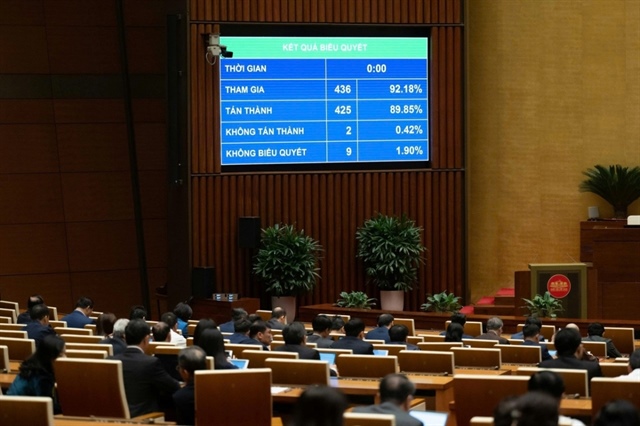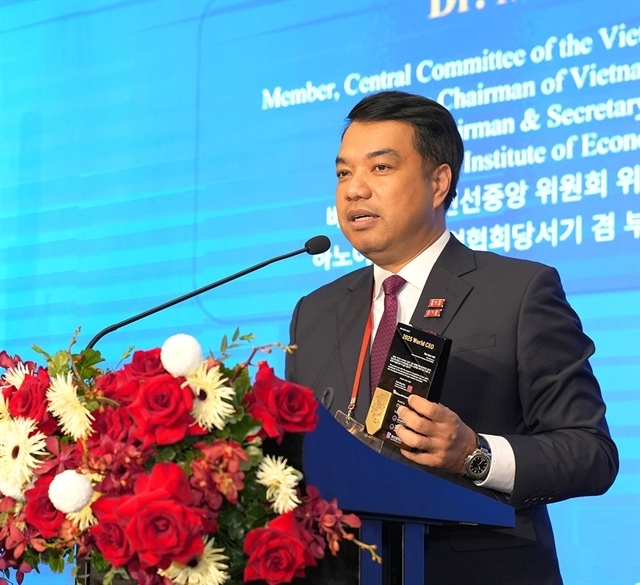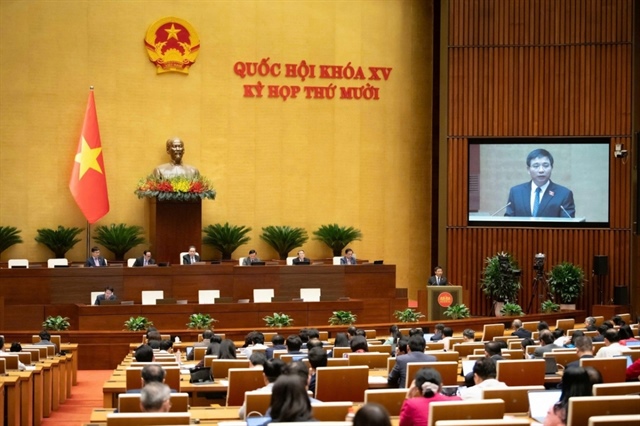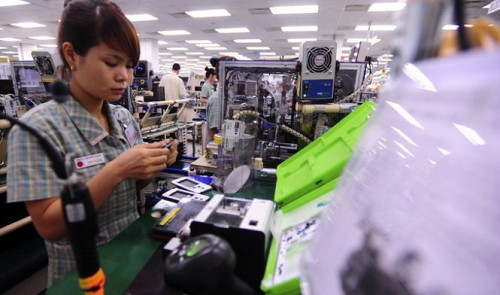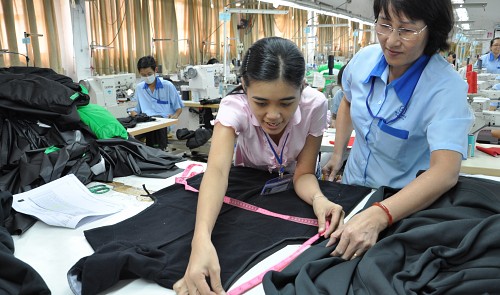Vietnamese company seeks permission for Miami-style development near Can Gio Biosphere Reserve
Vietnamese company seeks permission for Miami-style development near Can Gio Biosphere Reserve
A Vietnamese firm is trying to win approval from Ho Chi Minh City authorities to turn over 1,000 hectares in Can Gio District, a remote area around 50 kilometers from the central business district, into a Miami-style development that would be named “String of Pearls.”
The project would be implemented by Can Gio Urban Tourism JSC, according to what was discussed at a meeting on November 7 between Huynh Du An, general director of the firm, Nguyen Huu Tin, vice chairman of the Ho Chi Minh City People’s Committee, and officials from relevant state agencies of the southern economic hub.
It would be a combination of a 480-hectare reclaimed area close to a 600-hectare old tourism component, whose implementation was assigned to the same investor 15 years ago.
Although the old project has rarely been developed since, the municipal government allowed Can Gio Urban Tourism to prepare a new master plan for the additional 480-hectare at the end of last month.
The overall goal is to build Can Gio into a world-class location for high-class hotels, resorts, international conference centers, commercial centers, marinas, seaplane terminals, and aquariums, An said.
Can Gio Urban Tourism would set up facilities for innovative industries, including software companies and film studios, the general director added.
"The project, which would be completed after ten years, would change the face of the district and the lives of local people," he said.
To demonstrate the investment capacity, An said the company has increased its charter capital to VND2 trillion ($90 million).
Local banks have promised to provide VND4.96 trillion ($223.2 million) in credit for the company, he added.
Regarding transport infrastructure, the company said it has worked with consultants on a plan to build the Can Gio Bridge which will cause no harm to the 75,740-hectare Can Gio Biosphere Reserve nearby.
The firm has also sought for the permission of the Department of Natural Resources and Environment to use sand from two fields – Long Hoa 1 and Long Hoa 2 – in the district for land reclamation, An said.
The entire development project, if approved, will begin by the end of this year, the general director said.
"With our capacity and support from Ho Chi Minh City authorities, we hope we can turn the whole project into a tourism site like that of Miami," An said.
In 2000, a VND2.6 trillion ($117 million) project to build on the 600-hectare Can Gio urban area by encroaching on the sea was assigned by the city’s authorities to Can Gio Urban Tourism, an arm of state-owned tourism firm Saigontourist then.
But it was stalled until 2007, and not much has been done since then.
At the November 7 meeting, vice chairman Tin said the former project is an unfulfilled dream of the ex-leaders of both Ho Chi Minh and the government of Vietnam.
The cause for the delay is mainly the financial and management capability of the business involved in the project, Tin added.
Nguyen Hoai Nam, deputy director of the municipal planning and architecture department, said as the new project would have a 36-hole golf court covering over 100 hectares, it has to be approved by the prime minister.
Therefore, the investor must obtain a written opinion of the prime minister, as a rule, before the city’s authorities consider the master plan for final approval.
In addition, Can Gio Urban Tourism should submit additional environmental and social impact assessments for the project, which may impact the environment and the flow of the Soai Rap River nearby, Nam added.
The firm should also consult local residents because the project may greatly influence their lives and livelihoods, he said.



